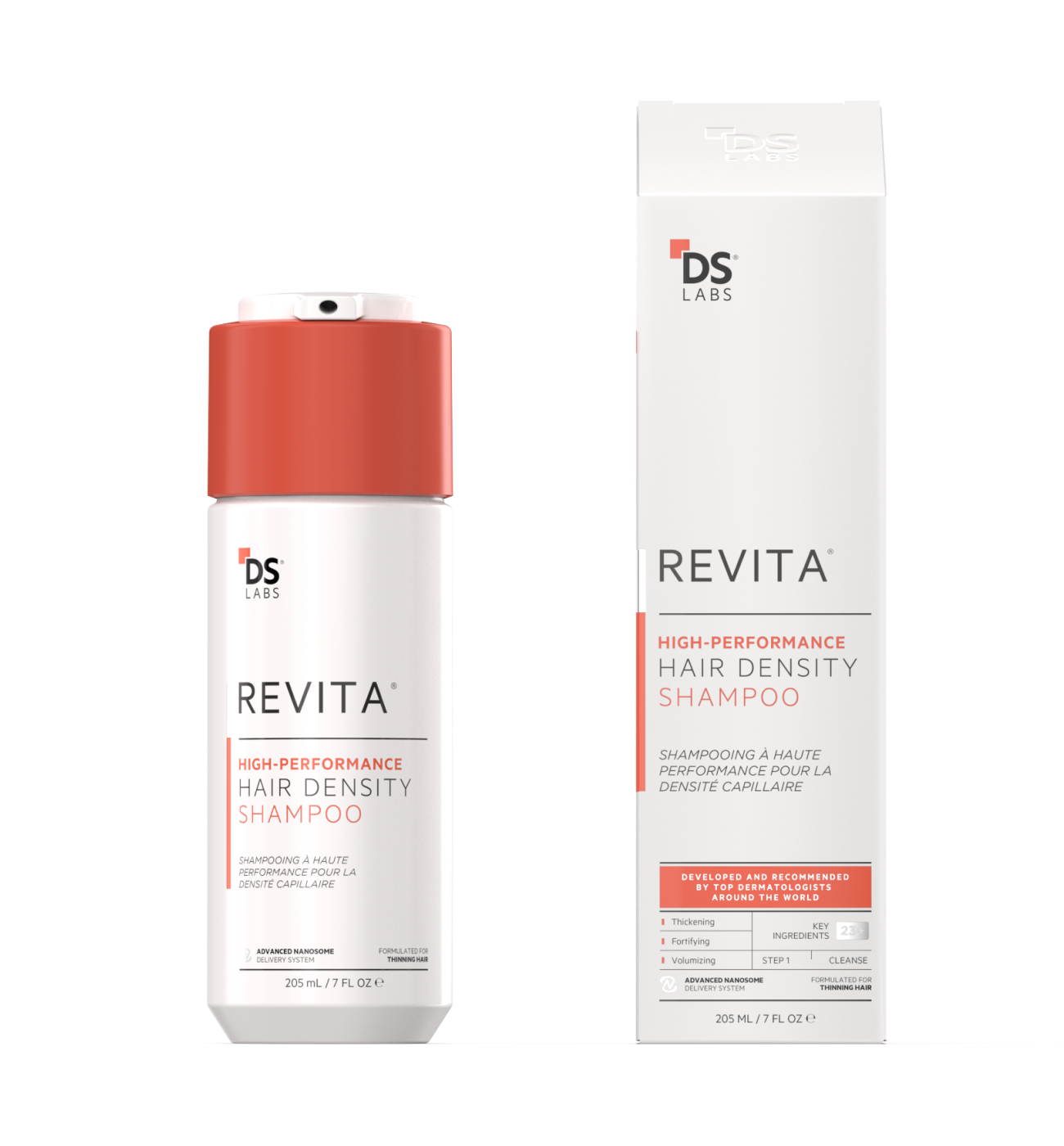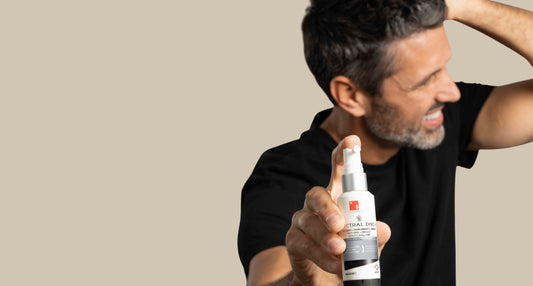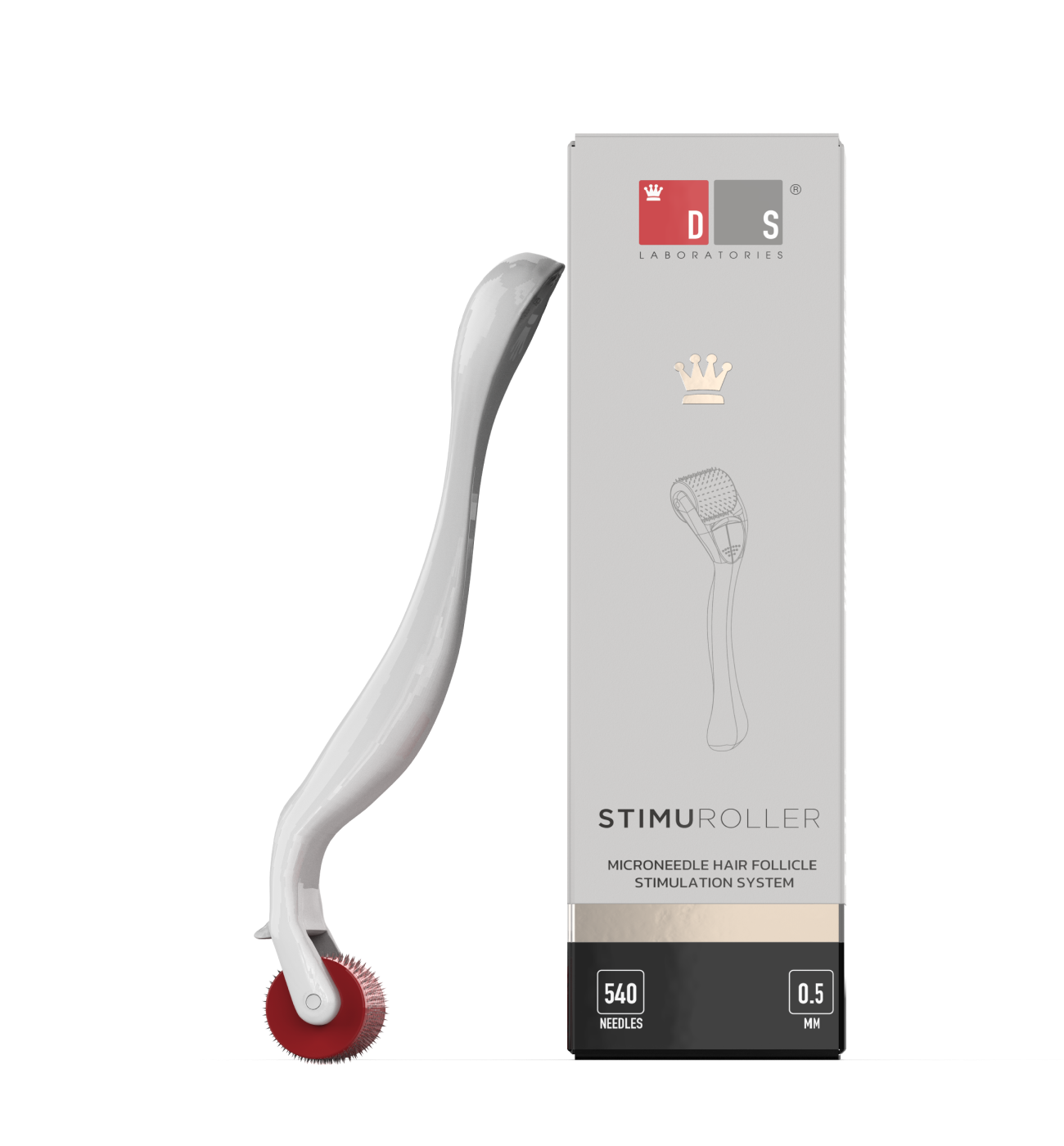Believe it or not, your scalp care routine is just as crucial as your skin care routine. From dandruff to an itchy scalp, there are many tell-tale signs that your scalp care routine may be lacking.
Why should you care about your scalp’s appearance and health? And where does one begin with a scalp care routine?
Keep reading to find out!
What Makes a Healthy Scalp?
A healthy scalp will support and provide the right conditions for healthy hair growth. If your scalp is relatively healthy, you won’t have to deal with problematic and inconvenient issues such as:
- Dandruff or flakiness
- Itchiness or irritation
- Acne
- Redness
- Pain or burning sensation
- Excessive hair loss
- Excessive oiliness
- Sun damage
- Bumps on scalp
All these symptoms signal a problem with the scalp and lead to hair damage if left untreated.
If you’re experiencing any of these issues, you may need to make some changes to restore your scalp’s health. But don’t you worry. In this guide, we’ll tell you 6 ways to achieve a healthier scalp.
6 Ways to Keep Your Scalp Feeling and Looking Healthy
Below, we’ve listed some everyday care tips to use regularly regardless of your scalp condition and its severity. You can also use these suggestions to maintain the healthy condition of your scalp in the long run.
Here are some simple steps to get started.
1. Establish a Scalp and Hair Cleansing Routine
The scalp and hair can carry a lot of dust, dirt, and pollution which may irritate your scalp. Other than these, sebum, dead skin cells, and other dirt can also accumulate on the scalp.
Shampooing your hair at least once a week is the first step to establishing a good cleansing routine. You can shampoo more often if your hair is particularly dirty or oily, but not more than 3 to 4 times a week. Over-cleansing can leave your scalp dry and promote excessive sebum production.
You should also use a gentle massaging motion instead of scrubbing while shampooing your hair. Always use lukewarm water instead of hot water when washing to prevent breakage and dryness.
2. Use the Right Scalp/Hair Care Products
Make sure to have the right products on hand to give your scalp the care it needs.
A gentle shampoo is your best solution but you can also consult a dermatologist for recommendations to treat specific issues.
Make sure the brush you’re using has natural bristles made from plant or boar fibers instead of plastic ones. Brushing distributes oil, helps with blood circulation, and massages the scalp.
Using harsh chemicals on the hair or scalp is a big no-no. Chemical products such as hair dyes or bleaches leave the hair damaged.
Additionally, stay away from products that contain alcohol, fragrances, and sulfates. These ingredients may produce temporary benefits, but they strip the scalp of natural oil and leave it prone to dryness, frizz, itching, inflammation, and infections.
3. Exfoliate the Scalp Regularly
Exfoliation helps remove dead skin cells, oil, and dandruff that regular cleansing cannot. It can also help reduce stress and boost hair growth.
Unlike cleansing, exfoliation should be practiced less frequently. Once a month is ideal for most people.
You can try a simple homemade scrub of granulated sugar combined with coconut or any other oil. This simple mixture works for most hair types.
Add an essential oil treatment/massage after a scrub to maximize growth and fight infections. Applying useful essential oils right after a scrub improves the absorption of the oil.
4. Maintain a Healthy Diet
A lack of nutrients in your diet can mean that your scalp isn’t receiving the nutrients it needs to thrive. Try eating more foods with these nutrients to ensure your scalp isn’t suffering:
- Protein (fish, chicken, eggs, soy products, etc.)
- Antioxidants
- Probiotics
- Vitamins and minerals
- Omega-3 supplements or fish oil supplements
The most important tip to follow, however, is cutting down on sugar intake. An excessive amount of sugar in your diet can cause scalp inflammation and may lead to hair loss.
5. Protect From Sun Damage
From your hair shaft to hair color and strand thickness, UV exposure affects your scalp health negatively and leads to hair damage.
Prevent sun damage by covering your head with a cap, hat, scarf, and umbrella when outdoors. You can also use sunscreen for the scalp to ensure all-around sun protection.
Ensure you’re switching between scarves, hats, and umbrellas so the same spots don’t get exposed to friction from these items.
6. Keep Stress Under Control
Stress affects your health in negative ways, including your scalp health.
While you can’t prevent it, you can manage stress using yoga, meditation, breathing techniques, and other relaxation techniques.
Practicing relaxing methods every day can keep your overall stress levels under control and prevent stress from impacting your scalp.
The Takeaway
Keeping the scalp and hair in optimum condition is accessible and easy for all. It’s only a matter of knowing what steps to take, which products to choose, and what you should avoid.
We hope these tips will help you leave the stress of hair fall, dandruff, itchiness, and excess oil behind so you can enjoy healthy, shiny hair.













